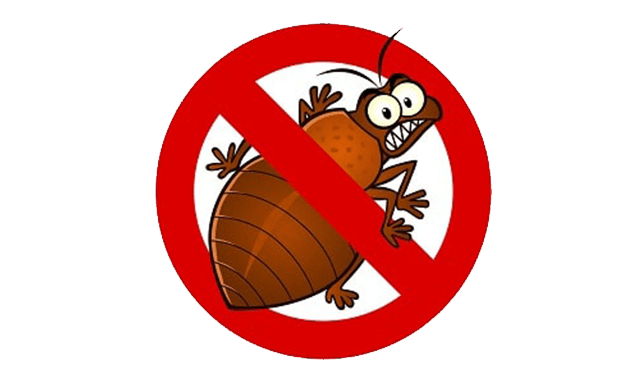
Еще одна проблема – на листьях, стеблях нахожу шарики небольшого размера и разных цветов (зеленые, белые). Это, скорее всего, яйца. Возможно, клопов, но я не уверена. Тоже хотелось бы убрать потомство таких вредителей. По всему похоже, у нас на участке завелись какие-то призрачные вредители. Они есть, но сложно понять, какие именно. Хотела бы спросить у специалиста: чьи могут быть шарообразные яйца с тыльной стороны листьев белого и зеленого цвета, размером 1-2 мм; ответьте, пожалуйста, как избавиться от всех этих вредителей. Буду очень признательна. Сара.
The author of the portal answers the question:
In my material below, I will tell you about stink bugs and ways to control them.
Description of the species
Most often, the characteristic "stinky" is given to various garden bugs. Here, there are individuals of the superfamily Scytherites, among them representatives of the family of true scytherites are noted. They eat mainly plant food, and therefore live in the vegetable garden or in the garden, and in large numbers. Their smell is vital for them because it protects them from natural enemies. In addition to shields, other species can also be found in gardens, fields and homesteads. Stink bugs vary in size, there are small pests (up to 5 mm), but there are also large insects (up to 17 mm).
| Type | Arthropods |
| Class | Insects |
| Subclass | Winged insects |
| Unit | Semi-hardwings |
| Suborder | Bedbugs |
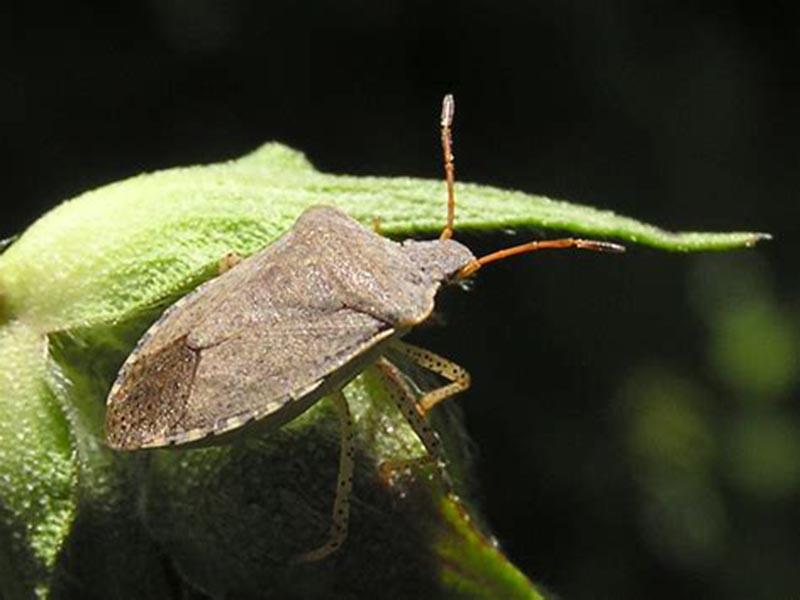
Close-up photo: Stink bug
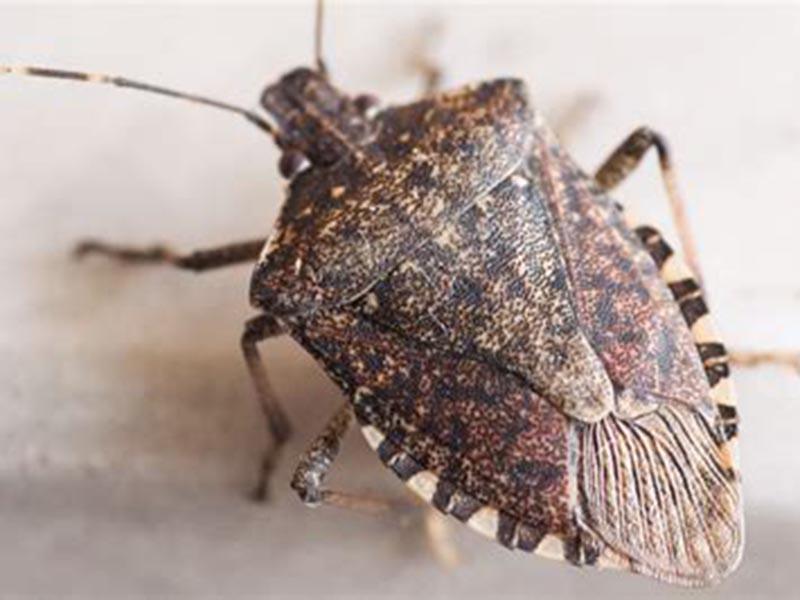
Appearance and features
Considering that different insects (representatives of completely different families) are called stinkers, it is not possible to provide a description of them. It is necessary to study the signs of several pests, which will allow to orientate, and to understand which parasites have inhabited the plot. The main feature of all individuals is that the smell (secret, volatile substances released as a result of the work of glands of the pests body) is used not only as a measure to attract insects of the opposite sex.
Bed bugs cannot do without this property, as their life activity is directly related to a high level of sensitivity.
Know your enemy by sight
Although stinkers are called representatives of completely different species, which often have many differences, they also have some similarities:
- 6 legs, and they are polysyllabic (there are from 3 to 5 elements);
- 1 pair of antennae (also polysyllabic) - used as a sense organ, provide the ability to move in space in search of food, insects of the opposite sex;
- Leathery, hard shell (chitinous covers) - protects against mechanical damage, chemicals, prevents dehydration;
- wings most garden bugs, but not all of them, as a rule, they are paired: the front ones are protected by a cover, in the folded state they resemble a shell (chitinous shell), the back ones are transparent, larger;
- The oral apparatus is of the stabbing-sucking type; only the proboscis is visible under the microscope; the jaws are not large enough to be viewed under the microscope.
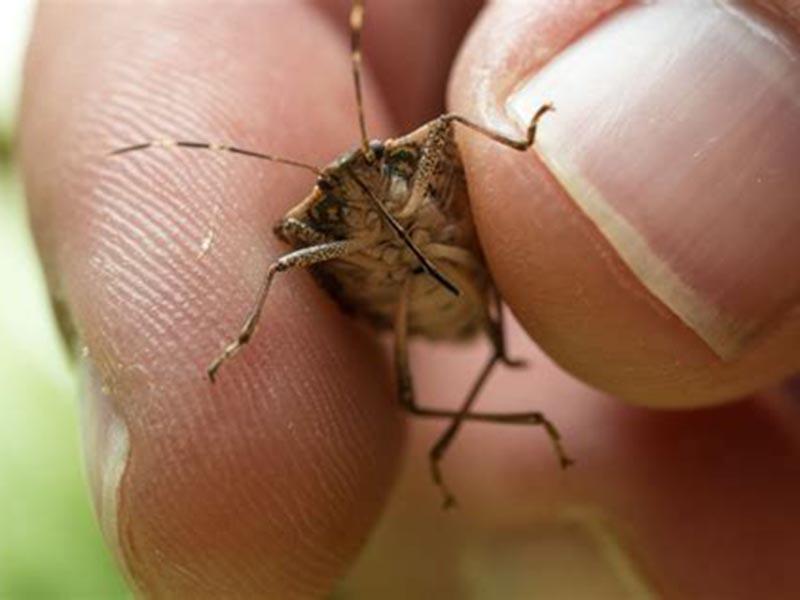
The most obvious differences: the size and shape of the body, as well as the coloration.
Stink bugs do not look alike at different stages of development. However, you can notice common similarities, for example, the larvae are much smaller.
They look different because the chitinous shell is still forming, so the color may be much lighter or, conversely, darker.

The harm of the stink bug
Insects with this characteristic eat plant food. In doing so, they insert their mouth apparatus (its long thin part - the proboscis) into the tissues. At the same time, saliva containing special components gets on the damaged area. These substances contribute to the disturbance of the tissue structure. As a result, where the puncture was made, there remains a seal, the leaf/fruit is deformed. The processes can be different: plant tissues shrink, change color, and berries and fruits, as well as vegetables spoil, rot, lose liquid, shrivel (the signs differ depending on which parasite attacked).
Social structure and reproduction
The dominant role among such insects is played by the strongest individuals. When the period breedingThe males can manifest themselves in different ways. They are capable of becoming aggressive in order to defend their right to mate.
Sometimes males even attack members of other insect species, such as cockroaches.
They mate with a female, but do not always recognize their mates by sex and make attempts to mate with a nymph or another male. However, this naturally does not lead to the logical completion (appearance of a clutch of eggs). This peculiarity explains why there is a high mortality rate among bed bugs, as damage to the outer covers increases the risk of tissue infection.
The mating method is traumatic insemination. In this case, the male sexual organ breaks the integrity of the area on the abdomen of the female. The seminal fluid can persist for a long time in the body (in a special organ). Bed bugs require food to reproduce. The female will not be able to make a clutch if she has not received a portion of nutrients.
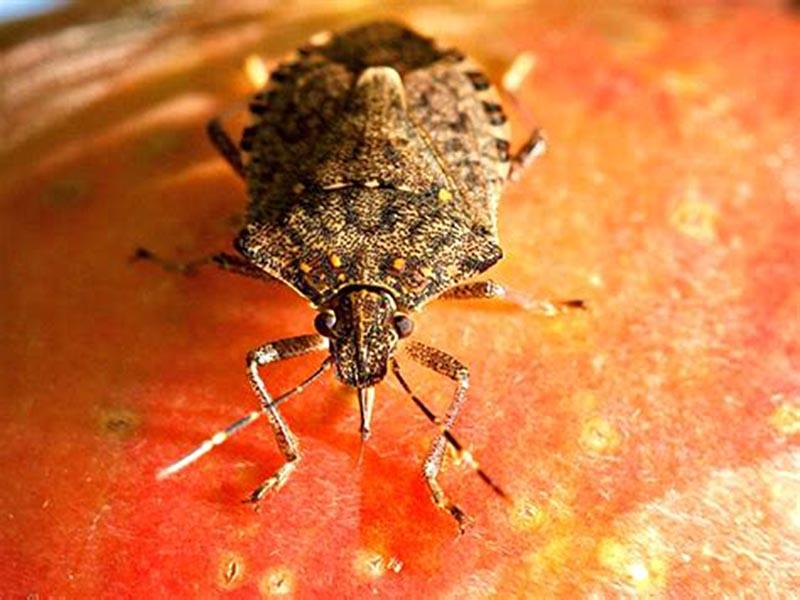
Population and status of the species
Representatives of the group of insects with the common characteristic of "stinkers" are not in the Red Book, they reproduce quickly, they are not deliberately captured (like some of the water bugswhich are the source of human food).
The numbers of individuals do not decrease that quickly, even under the influence of natural enemies, which is partly due to the unpleasant smell.
Such insects have acquired the status of pests, because they contribute to the death of plants, spoil the harvest. This is how most garden bugs are characterized. However, among them there are also those that feed on other insects. They destroy caterpillars, other pests of garden plants, snails, etc., and therefore are beneficial.
Types of stink bugs
This is the definition given to various pests. Due to the "fragrance" emitted, this group includes the black-eared stink bug, the American stink bug, and many others. Below we will consider representatives of several species that emit the secretion with the most intense odor.
Berry stink bug
His is characterized by a bright coloration - red-brown with yellowing and glossy shine. The body length is average, a little more than 1 cm (the maximum body size is up to 12 mm). This pest belongs to the family True Shieldworms, so it has all the characteristic features.
The food source is berries (raspberries, currants, etc.), but the bedbug is also capable of destroying other plants.
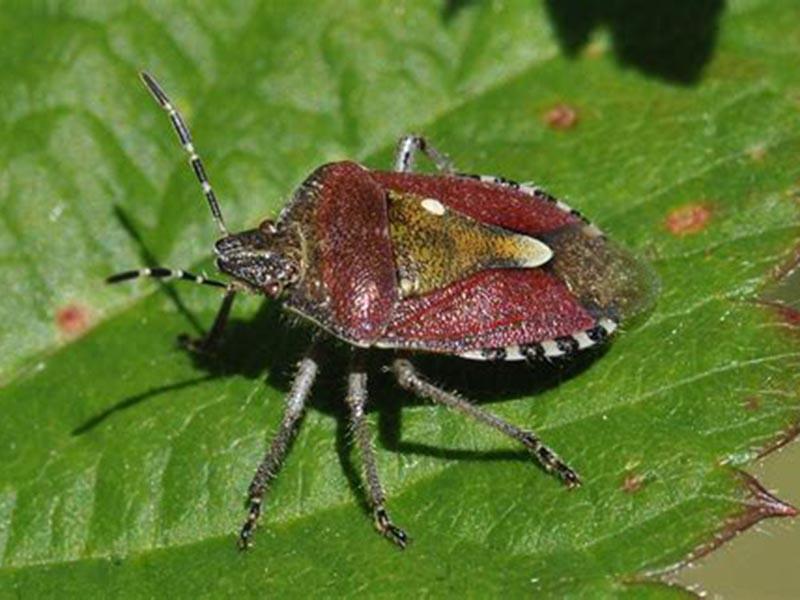
Naughty turtle
This one has insect unusual appearance: light yellow coloration (with a touch of brown), wide fore, middle and hind legs, its edges cover the limbs when viewed from above. This creates the appearance of a shell, like a turtle. The head smoothly passes into the back, which enhances this effect.
The insect prefers to destroy crops.

Cruciferous
The official name is eurydema. It is characterized by a bright pattern on the back. There are different kinds of these pests. They are united by their food habits. For example, insects of this large group parasitize on plants of cruciferous family: mustard, cabbage, rape, etc. Peculiarities of external appearance: body length not more than 1 cm, flattened back, body shape oval. All signs of shieldworms are present. This allows us to understand who is destroying crops.
Cruciferous parasites are also considered one of the most dangerous.
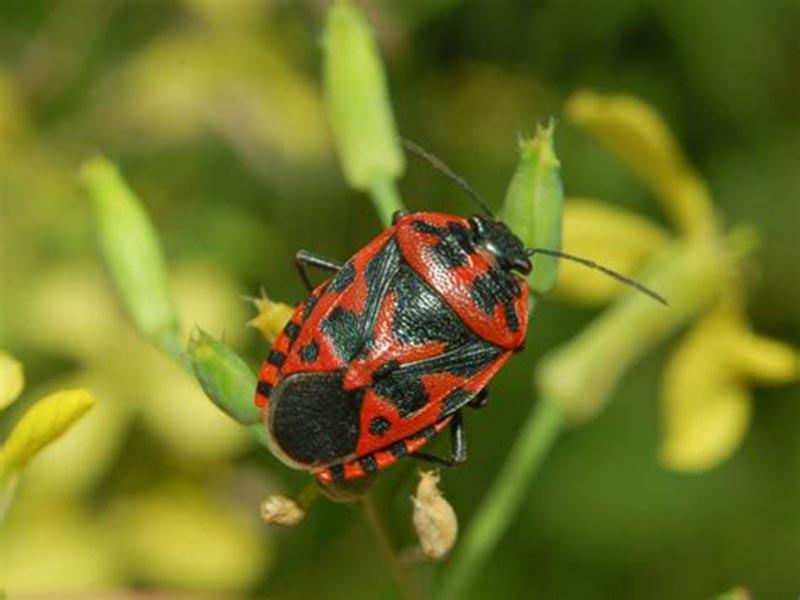
Shchetnik marble
These are some of the most harmful agricultural insects. They are distinguished from the others by their brown coloration. But the body color is specific - there are irregularly shaped light spots on the anterior, middle and posterior dorsum, which creates the effect of a marbled surface. Such a pest is difficult to spot on the ground, tree and shrub stems. Stink bugs of this species are found on a variety of plants.
Because of their strong odor, they have almost no natural enemies.
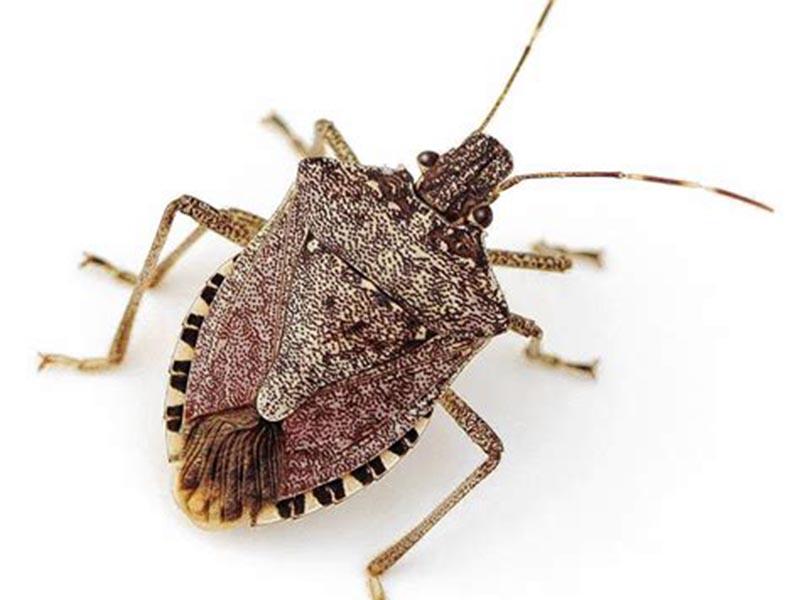
Tree Shield
Another name is. green garden bug. It is distinguished by its larger size - body length is sometimes 16 mm. The coloration is green, and there are all the external signs of shieldworms. The peculiarity of pests of this species is versatility. For example, the tree scutellaria can cause the death of various plants such as fruit trees, bushes (raspberries, etc.), cereal crops and others.
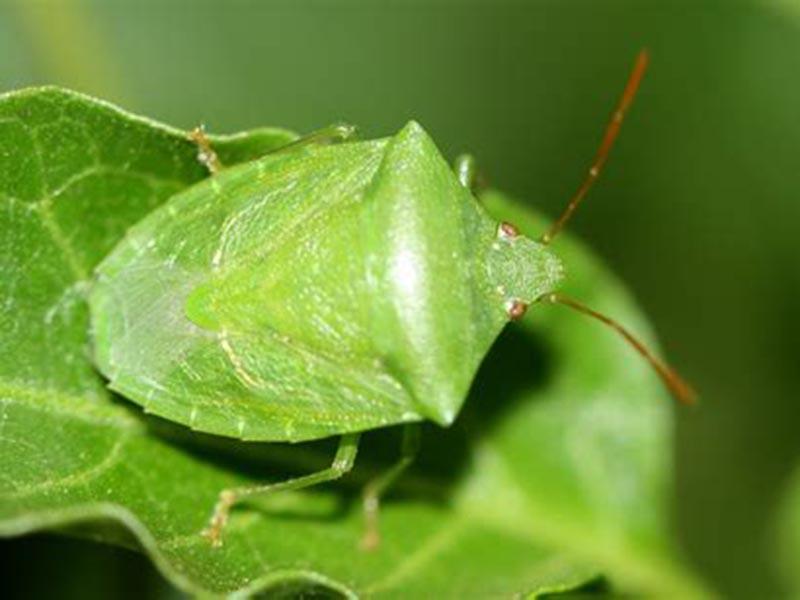
Linear
Features of the appearance of this bug: length - 11 mm, the coloration is combined (black and red-red stripes). The stink bug is also called the Italian bug. Representatives of this species also smell like the individuals discussed above.
Favorite food is the seeds of umbrella plants.
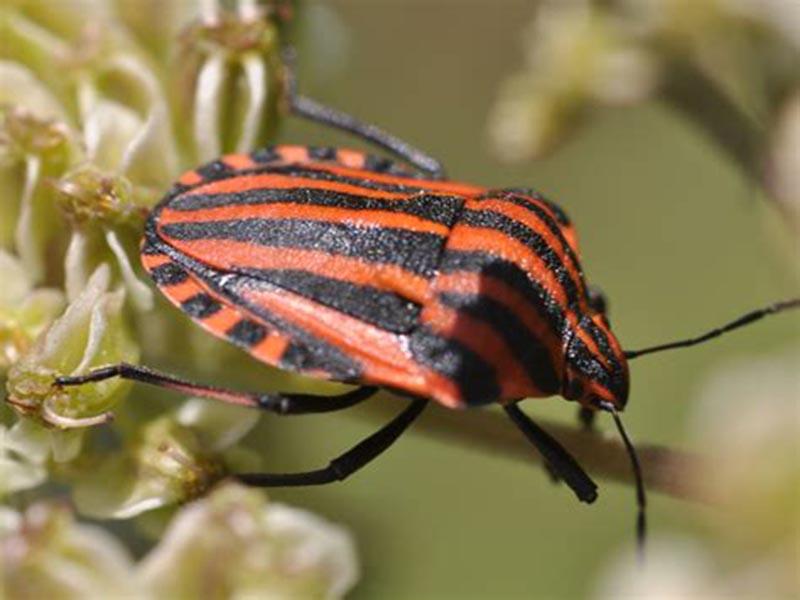
Cucumber stinker
It is distinguished by its small body size and ability to jump, which other garden pests cannot do. The bug "specializes" on cucumbers. It lives on the back of leaves.
The main sign of plant infestation is leaf deformation, and soon it falls off.

Pear Lacemaker
If we disregard the pest of such an insect, we should note the attractiveness of its appearance. The body is small, decorated with webbed elements - mesh with transparent cells. This creates the effect of lace. The maximum length of the body is 3.3 mm.
The pest destroys fruit trees: pear, apple trees.
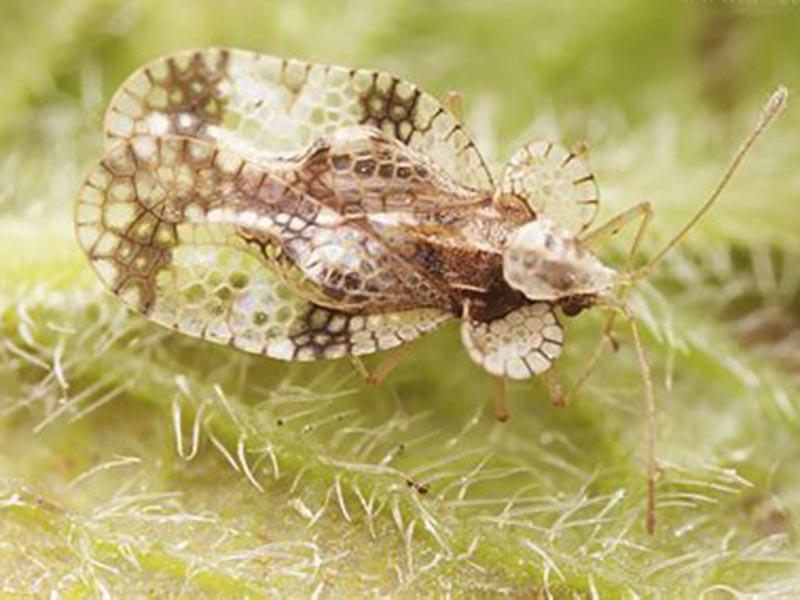
Where the stink bug lives
Insects spend most of their time on plants. This is where they actively feed. But also pests can be found on the ground. The period of low activity (winter) the insects wait out in leaf litter, under stones, in cracks of bark and under it. They seek shelter where they can overwinter, withstand low air temperatures. The heat of decaying plants warms such individuals.
Representatives of some species crawl into people's homes, basements, and cracks in the upholstery of homes.
Photo: Stink bug in the apartment
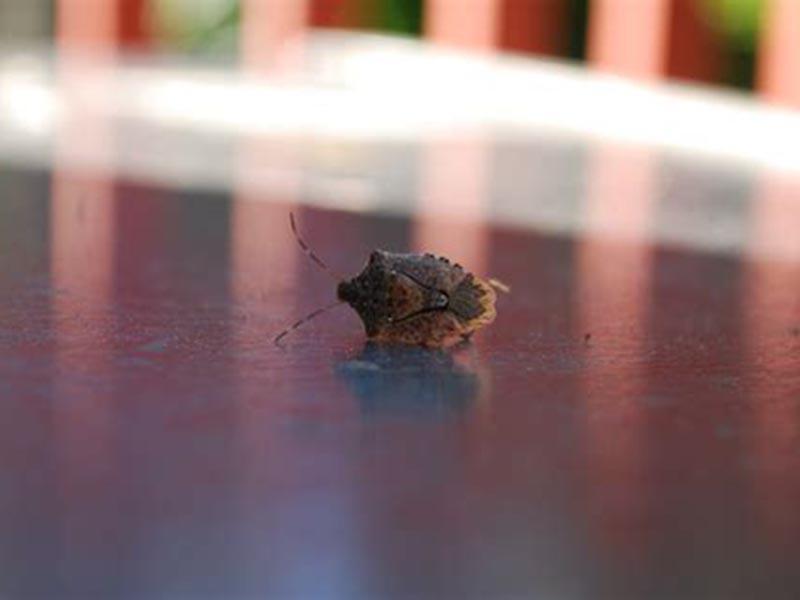
Where is the source, where does the bad smell come from?
The reason that bed bugs are smelly is due to the composition of the substance they secrete, which is cimicinic acid. The glands are located on the abdomen between the 2nd and 3rd pairs of limbs. The pests begin to smell at different times:
- if you crush them;
- when they feel threatened by all kinds of things, including humans;
- to attract the attention of the opposite sex.
Important to know! In herbivores, the smell is multiplied by the products of the decomposition of essential oils that are contained in the plants consumed by the pests.
What the stink bug eats
Garden insects are mostly herbivores. They destroy plants of different species: ornamental, cereals, fruit trees, bushes, vegetables, berries, any herbaceous varieties. Feeding habits depend on the species of individuals found in the area.
Many pests have certain preferences, but in the absence of suitable food, they attack nearby sources of nutrients. There are also predators and polyphagous. Insects are capable of destroying fellow invertebrates of other species.
Photo: Stinkbug at home
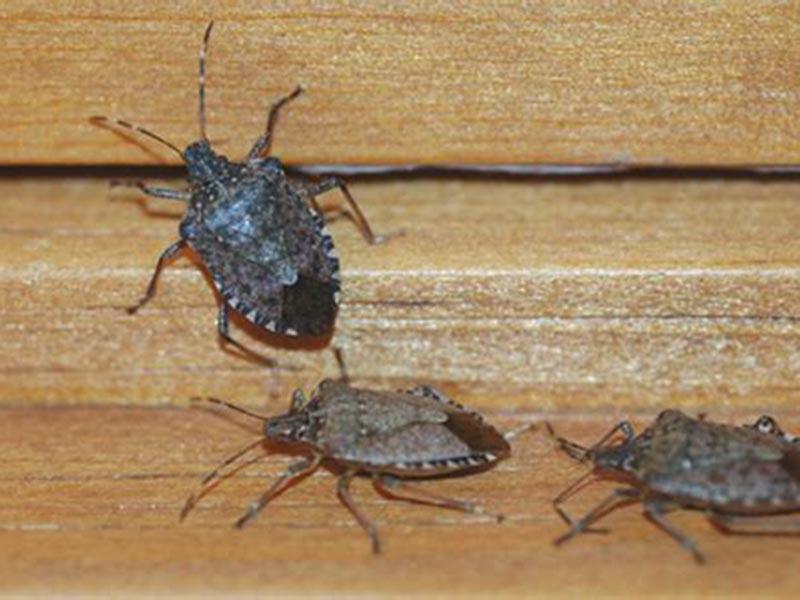
Are garden stinkers dangerous to humans
An interesting fact is that garden and forest bugs do not attack humans. The stink bug lives on tomatoes, pears, and plants uses the proboscis of its mouthparts to feed. It is not powerful enough and therefore cannot be inserted into human skin.
If it seems that a bedbug has bitten you because it was seen nearby, you should not panic. You should look for another culprit, because these insects are harmless to humans.
In addition, the bite cannot be considered as such, the pests make a puncture in the plant tissue, they do not have gnawing jaws.
Natural enemies of the stink bug
In order to get rid of adults and larvae, natural factors are also taken into account. These include the possibility of insect killers birds, other bed bugs (parasitic pests). Of the best known:
- telenomines;
- phasia fly;
- frogs;
- hedgehogs.
But because of its strong odor, the number of natural enemies is small. However, even the stinkiest individuals can be destroyed by birds of some species.
Sometimes this method does not help control the number of insects.
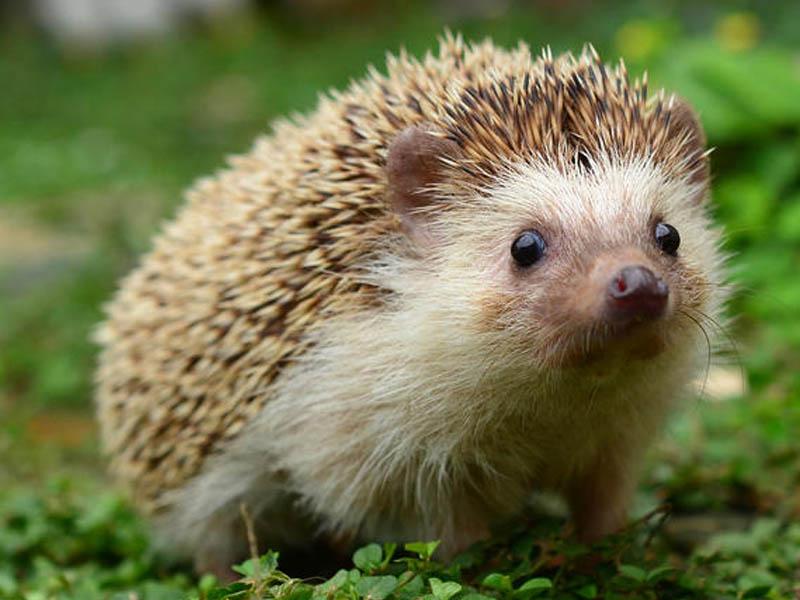
Question and answer section
Если подбирается метод, как избавиться от клопа вонючки, следует учитывать разные варианты. Причем важно принять во внимание даже мелкие особенности применения выбранного метода. Узнать всё, что интересует о клопах и методах борьбы с ними, можно у специалиста. На вопросы отвечает эксперт, опыт работы – 18 лет.
Why do bed bugs need smell and how do they use it?

What does a bedbug smell like if you squash it?

What kind of bedbugs stink, and who else smells like that?

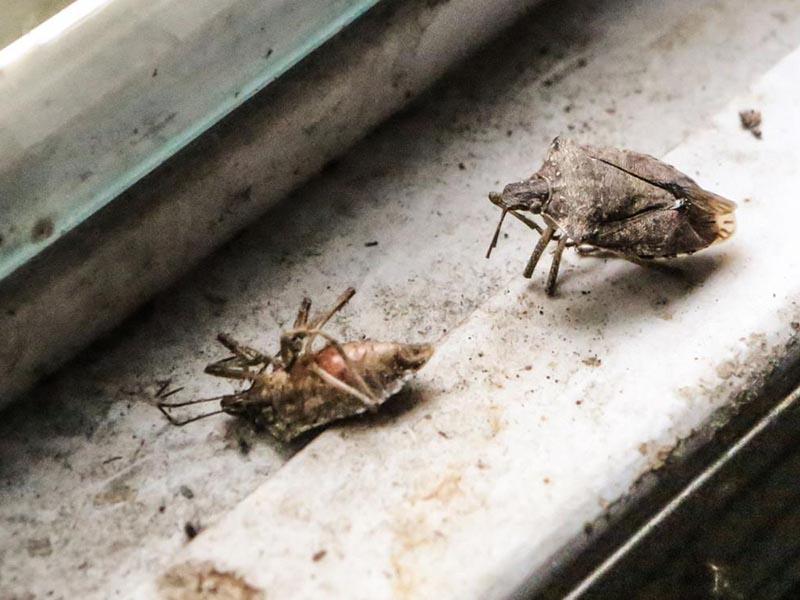
How do I get rid of the smell from bed bugs?

What to do if a stink bug has bitten a cat?

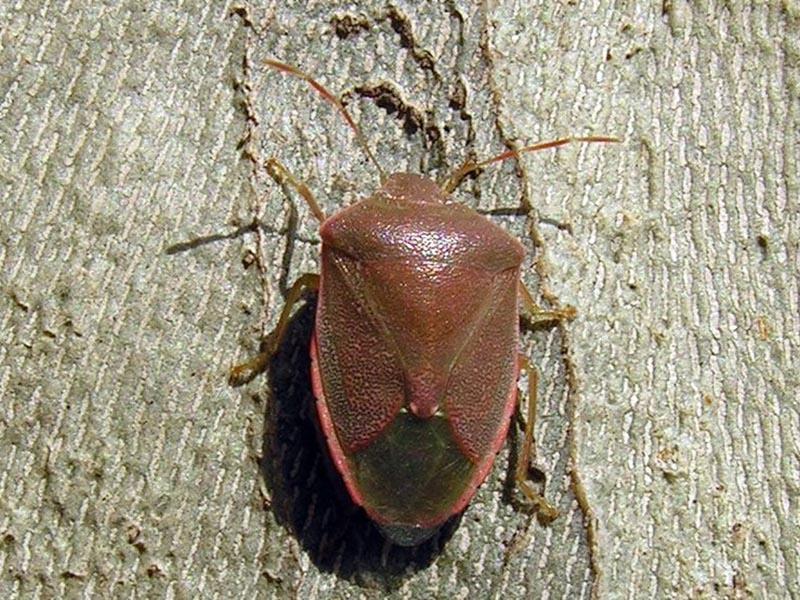
What kind of insects infiltrate the apartment

Video: the life of a stink bug, behavioral features
Stink bugs in the treatment of alcoholism
This method is used to reduce a person's craving for alcoholic beverages. An effective recipe:
- Collect up to 8 insects with odorous secretion, prepare 500 ml of vodka.
- The pests are left in the liquid for 5 days.
- The remedy is strained and given to the alcoholic.
Do not rely solely on this method, because there is no guarantee that it will help - it is unknown how the human body reacts to the drug used.

Pest control
If a stink bug appeared on the property, how to get rid of it - consider auxiliary measures that will help stop the spread of the insects:
- collect plant debris all over the site;
- digging beds (the depth of the bayonet of the shovel is up to 20 cm);
- plant plants with strong odor (clopogon, tansy, wormwood) along the perimeter of the plot.
Mechanical method (collecting insects by hand)
This option can be considered when the vegetable garden is small. Then it is not difficult to inspect the area, remove pests - they are collected in a jar with liquid. It is not necessary to poison the insects yet, you should try to take them out in a safe way. In the same period, you can apply means that repel (for example, scatter wormwood around the site). If the tree is infested, the mechanical method is useless.
Another disadvantage is the high risk of an unpleasant odor that gets into your clothes.
Folk methods of exterminating bed bugs
If pest control begins by safe means, among the first to consider the handmaidens:
- soap solution: 300 laundry soap, 10 liters of water;
- Onion husks: 200-250 g, 10 liters of liquid, the duration of preparation - up to 5 days, the same amount to wait between treatments;
- 100 g mustard (in powder form), 500 ml of warm water, the solution is poured into a larger volume of liquid - 10 liters.
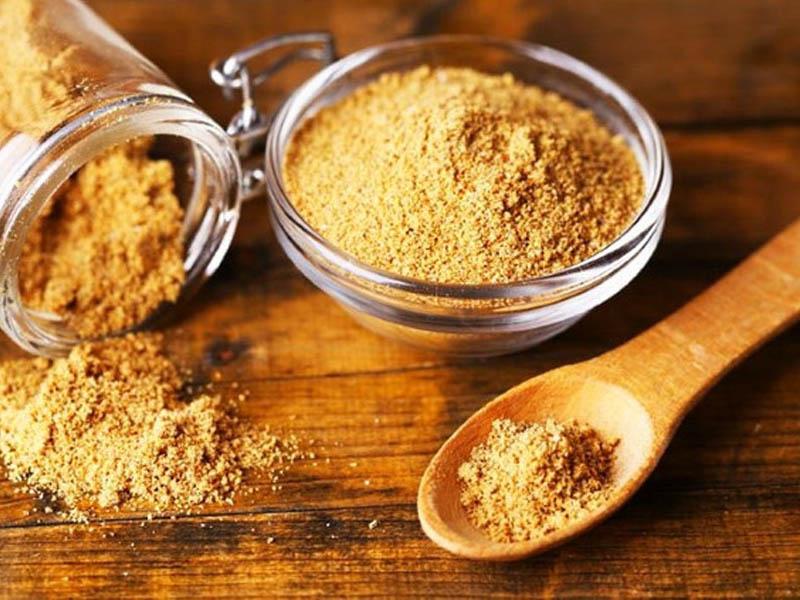
Chemicals (insecticides)
Choosing the method, how to fight with stink bugs, this option is considered in cases of severe infestation of an area. Chemicals contain insecticides, but not all of them destroy bed bug eggs (in comparison, folk remedies have no effect at all on insect offspring). For this reason, it is important to treat an area for brown or green bed bugs twice. Examples of preparations:
- Carbofos;
- Actara;
- Karate Zeon;
- Actellic;
- Phosphamide;
- Chlorophos.
When choosing a remedy, take into account the composition. Most preparations that get rid of street parasites contain neonicotinoids.
Chemicals can also be used for prevention: in late fall and early spring.
Vegetable gardeners' reviews
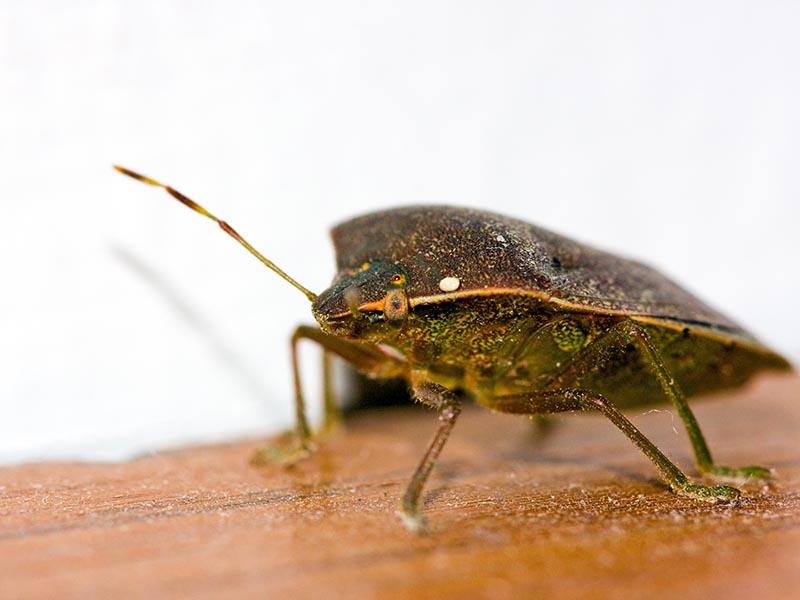
Expert tips

You can fight garden bugs with the same remedies, and it does not matter if the exterior color of the shield is bright green or brown;
If a bedbug has entered the apartment, it is better not to touch it and allow it to leave the apartment on its own, because in case of danger the smell will be strongly absorbed into all tissues, surfaces.
Conclusion
The name "stink bug" is assigned to many parasites. Most of them belong to the shieldworms, but there are also representatives of other species. To get rid of insects, take into account the peculiarities of their life activity:
- General external features: 3 pairs of limbs, 1 pair of antennae, there are wings, and the front ones are leathery and the back ones are transparent. Body color varies from species to species, but the most common are green and brown.
- The pest inhabits many countries: Eurasia, Asia, America and Australia. The most famous stink bugs are: the pest turtle, the marble bedbug, the green scutellaria (berry scutellaria), the tree scutellaria, and others.
- Bed bugs reproduce during the summer and also in the spring. They make a clutch on plant leaves (from below), and larvae appear 2 weeks later. The method of exterminating bed bugs at different stages of development is the same: first, the bugs are collected manually, then treated with chemicals, and in between, folk remedies are sprayed.
